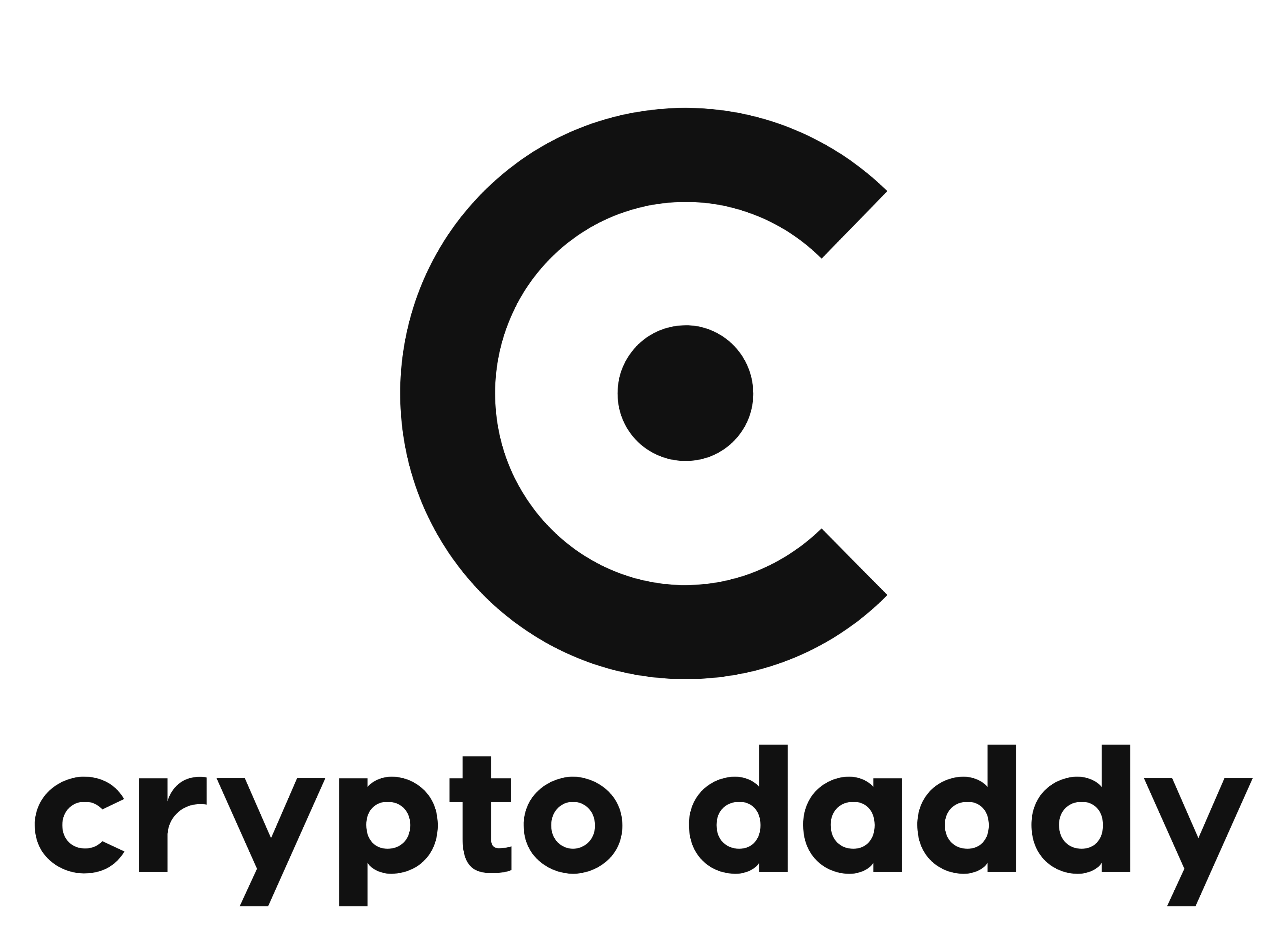
Defi Revolution: How Decentralized Finance is Disrupting Traditional Banking
Introduction:-
In the age of digital transformation, a seismic shift is underway in the world of finance. Enter DeFi—Decentralized Finance—an innovative movement that leverages blockchain technology to create a new financial paradigm. This blog explores the DeFi revolution and its profound impact on traditional banking systems, democratizing financial services and redefining how we interact with money.
1. Decentralized Finance Unveiled:-
A New Frontier: DeFi refers to a growing ecosystem of financial applications and services built on blockchain networks. These decentralized platforms aim to replicate, or even surpass, the functionalities of traditional monetary intermediaries, all while offering greater accessibility, transparency, and inclusivity.
2. Navigating the DeFi Landscape: Key Components:-
- Decentralized Exchanges (DEXs): These platforms enable peer-to-peer trading of cryptocurrencies, eliminating the need for intermediaries and providing users full control over their assets.
- Decentralized Lending and Borrowing: DeFi platforms facilitate direct lending and borrowing between users, allowing them to earn interest on their holdings or obtain loans without traditional credit checks.
- Stablecoins and Yield Farming: Stablecoins within DeFi enable users to earn interest by lending their assets, participating in liquidity pools, or engaging in yield farming. This practice optimizes returns by switching between different protocols.
- Synthetic Assets and Derivatives: DeFi enables the creation of synthetic assets, representing real-world assets, and the trading of decentralized derivatives, opening new possibilities for investment strategies.
3. Disrupting Traditional Banking: The DeFi Advantages:-
- Inclusivity: DeFi doesn't discriminate based on location or financial status, providing access to financial services for the unbanked and underbanked.
- Transparency: Every transaction and operation on DeFi platforms is recorded on the blockchain, promoting transparency and accountability.
- Eliminating Intermediaries: DeFi cuts out middlemen, reduces fees, and increases the efficiency of financial transactions.
- 24/7 Accessibility: DeFi operates on a global, decentralized network, enabling users to access financial services around the clock.
- Ownership and Control: In DeFi, users maintain ownership and control over their assets, removing the need to entrust funds to third parties.
4. Challenges and Considerations: The Path Forward:
- Security: While the blockchain is secure, vulnerabilities can still arise in smart contracts and their platforms.
- Regulatory Uncertainty: DeFi's decentralized nature can pose regulatory challenges, blurring the lines between traditional finance and a new decentralized model.
- User Experience: As DeFi gains popularity, improving user interfaces and simplifying complex processes will be crucial for mass adoption.
5. The Promise of DeFi:
The Future Unfolds: As the DeFi ecosystem expands, it promises to disrupt not only banking but also other financial industries such as insurance, lending, and asset management. The integration of advanced technologies like decentralized oracles and cross-chain interoperability opens up limitless innovation potential.
Conclusion:
Rewriting the Financial Narrative: DeFi is more than a revolution—it's a transformation that empowers individuals with financial sovereignty, reshaping how we think about money, ownership, and the traditional financial system. As decentralized finance continues to evolve, it brings a future where financial services are more accessible, transparent, and user-centric than ever before. The DeFi revolution is here, rewriting the finance narrative for future generations.
